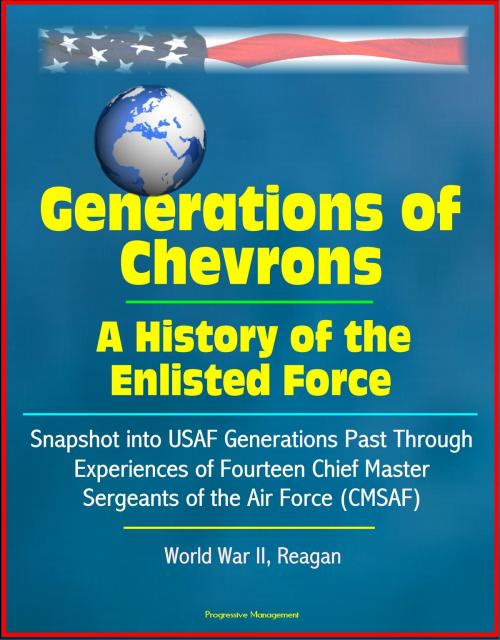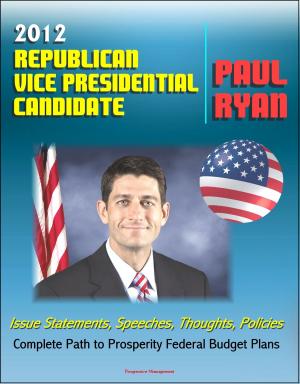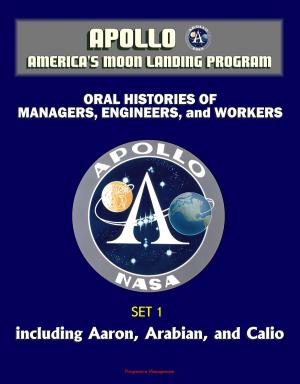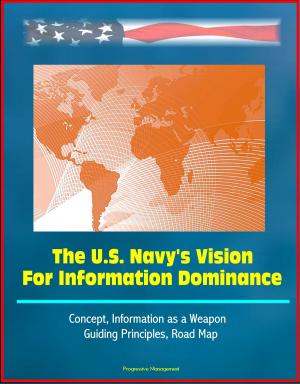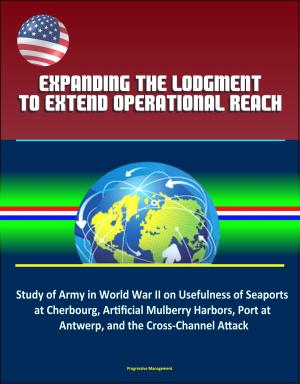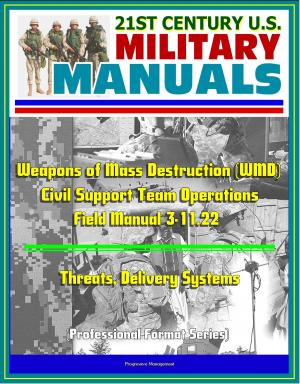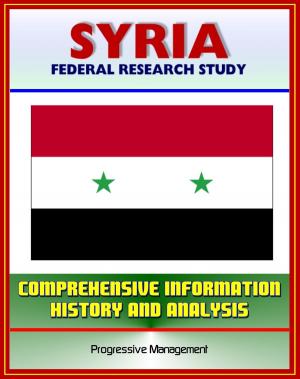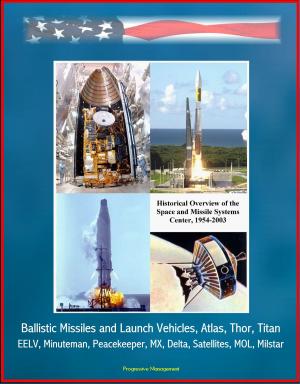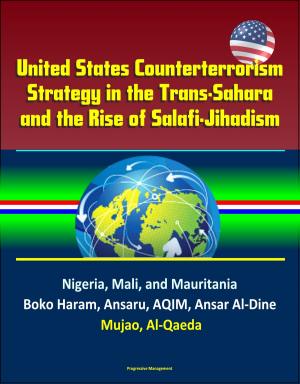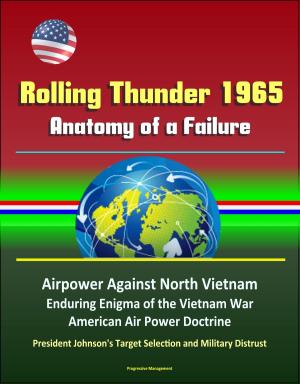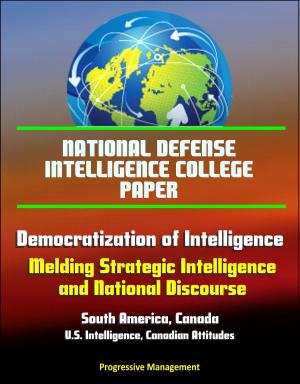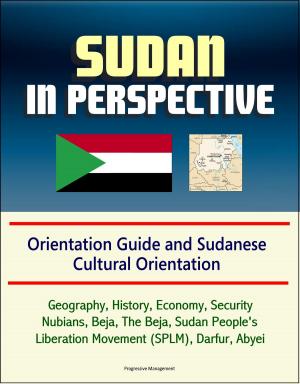Generations of Chevrons: A History of the Enlisted Force - Snapshot into USAF Generations Past Through Experiences of Fourteen Chief Master Sergeants of the Air Force (CMSAF), World War II, Reagan
Nonfiction, History, Military, Aviation, World War II| Author: | Progressive Management | ISBN: | 9781310178962 |
| Publisher: | Progressive Management | Publication: | July 21, 2015 |
| Imprint: | Smashwords Edition | Language: | English |
| Author: | Progressive Management |
| ISBN: | 9781310178962 |
| Publisher: | Progressive Management |
| Publication: | July 21, 2015 |
| Imprint: | Smashwords Edition |
| Language: | English |
Professionally converted for accurate flowing-text e-book format reproduction, this Air Force publication provides a history of the USAF enlisted force. Histories of the United States Air Force and its predecessor organizations have focused on pilots, planes, and the use of air power. While certainly a large part of the service's history and heritage, these studies do not tell the whole story. In the last dozen years or so, a number of people have begun a serious examination of the history of the enlisted members of the U.S. Air Force. Just as it became clear that economic and business histories would not be complete without looking at rank-and-file workers, so those studying USAF history found that a full picture demanded an inclusion of enlisted personnel.
These enlisted histories, though still few in number, nonetheless illuminate several important themes and trends in the history and heritage of the USAF enlisted force. First, enlisted airmen have always been seen and valued primarily for their high level of technical and/or occupational skills. Whether serving as aircraft mechanics, computer operators, personnel clerks, or military policemen, airmen have always been among the most intelligent and highly trained enlisted individuals in the U.S. military. Second, the emphasis on skills and training has helped to promote a professionalization of the USAF enlisted force. Third, the Air Force has always prized an enlisted force with a high percentage of skilled, professional, career noncommissioned officers (NCOs). And, finally, over its long history, the USAF enlisted force has become more diverse in terms of skills, race, and gender.
As an organization, the U.S. Air Force has generally supported policies that promoted its ability to recruit, train, and retain an enlisted force matching the above characteristics. The Air Force has not always matched its practices with its rhetoric concerning the enlisted force, but overall the trend has been in the direction of emphasizing training, education, and professionalization.
Foreword * Introduction * CHIEF MASTER SERGEANTS OF THE AIR FORCE * Paul W. Airey * Donald L. Harlow * Richard D. Kisling * Thomas N. Barnes * Robert D. Gaylor * James M. McCoy * Arthur L. "Bud" Andrews * Sam E. Parish * James C. Binnicker * Gary R. Pfingston * David J. Campanale * Eric W. Benken * Frederick J. Finch * Gerald R. Murray * APPENDIXES * I. Chief Master Sergeants of the Air Force * II. Presidents, Secretaries of the Air Force, Chiefs of Staff of the Air Force and Chief Master Sergeants of the Air Force * III. Department of Defense Enlisted Personnel, by Service * IV Order of the Sword * Glossary of Acronyms and Abbreviations * Bibliography
Professionally converted for accurate flowing-text e-book format reproduction, this Air Force publication provides a history of the USAF enlisted force. Histories of the United States Air Force and its predecessor organizations have focused on pilots, planes, and the use of air power. While certainly a large part of the service's history and heritage, these studies do not tell the whole story. In the last dozen years or so, a number of people have begun a serious examination of the history of the enlisted members of the U.S. Air Force. Just as it became clear that economic and business histories would not be complete without looking at rank-and-file workers, so those studying USAF history found that a full picture demanded an inclusion of enlisted personnel.
These enlisted histories, though still few in number, nonetheless illuminate several important themes and trends in the history and heritage of the USAF enlisted force. First, enlisted airmen have always been seen and valued primarily for their high level of technical and/or occupational skills. Whether serving as aircraft mechanics, computer operators, personnel clerks, or military policemen, airmen have always been among the most intelligent and highly trained enlisted individuals in the U.S. military. Second, the emphasis on skills and training has helped to promote a professionalization of the USAF enlisted force. Third, the Air Force has always prized an enlisted force with a high percentage of skilled, professional, career noncommissioned officers (NCOs). And, finally, over its long history, the USAF enlisted force has become more diverse in terms of skills, race, and gender.
As an organization, the U.S. Air Force has generally supported policies that promoted its ability to recruit, train, and retain an enlisted force matching the above characteristics. The Air Force has not always matched its practices with its rhetoric concerning the enlisted force, but overall the trend has been in the direction of emphasizing training, education, and professionalization.
Foreword * Introduction * CHIEF MASTER SERGEANTS OF THE AIR FORCE * Paul W. Airey * Donald L. Harlow * Richard D. Kisling * Thomas N. Barnes * Robert D. Gaylor * James M. McCoy * Arthur L. "Bud" Andrews * Sam E. Parish * James C. Binnicker * Gary R. Pfingston * David J. Campanale * Eric W. Benken * Frederick J. Finch * Gerald R. Murray * APPENDIXES * I. Chief Master Sergeants of the Air Force * II. Presidents, Secretaries of the Air Force, Chiefs of Staff of the Air Force and Chief Master Sergeants of the Air Force * III. Department of Defense Enlisted Personnel, by Service * IV Order of the Sword * Glossary of Acronyms and Abbreviations * Bibliography
